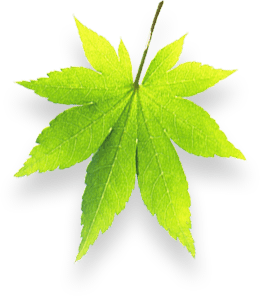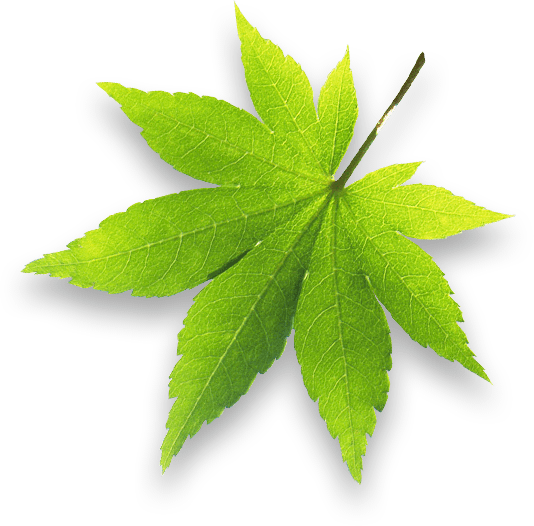The Problem
NAD+ is at about half the concentration in older adults that it was in their youth, thus older adults have lower sirtuin activity resulting in lower repair and more aging. The lower NAD+ levels seem not to be the result of lower NAD+ synthesis in older adults but the increased activity of CD-38 in older adults that degrades NAD+ as well as its precursor NMN. So without lowering the activity of CD-38, additional NAD+, at best would be very inefficient. Sirtuins are also turned off by natural feedback loops, as many biological pathways are by their enzymatic end products, nicotinamide in this case coming back and binding in the sirtuin enzyme. There is a specific nicotinamide binding site in sirtuin enzymes and sirtuins turn off when nicotinamide is bound in its binding site. So nicotinamide binding to the sirtuin enzyme needs to be stopped if the sirtuin enzyme activity is to be kept on. Next sirtuin enzymes have a thiol group in their enzymatic site. Thiol groups are part of proteins and enzymes that make them sensitive to the reduction/oxidation balance of the cell. When the thiol group in the sirtuin enzymatic site is oxidized the sirtuin enzymatic site does not work. So sirtuin enzymes need the cellular environment to be in a reduced state to be active.
In summary, we have listed 4 events that have to take place for the sirtuin enzymes to be active. They are:
- NAD+ has to be present for sirtuin enzymes to be active; the NAD+ is used up by the reaction.
- CD-38 has to be inactive. If CD-38 is active it will breakdown NAD+ and it precursor NMN.
- The enzymatic end product nicotinamide cannot be allowed to bind to the sirtuin enzyme; if it binds in its designated site it will stop the sirtuin enzymatic activity.
- The thiol group in the enzymatic site of the sirtuin enzyme cannot be oxidized, if it is it will render the sirtuin enzyme inactive.
Thus the sirtuin enzymes are pattern recognizing and sensing enzymes and are not activated by any singular event in the cell, they must “see” the appropriate pattern to be, and remain, active.
If it is the desire to turn on the sirtuin enzymes and keep the sirtuin enzymes on, such that one can turn on and keep on cellular repair, to get rid of cellular damage, to reverse human age these three sensing pathways and one competitor for NAD+ (there are others, but solved in the same manner) have to be considered and solutions have to be made such that the pattern sensing siruin enzymes see the cellular pattern that induces them to turn on and stay on. This is the challenge.




